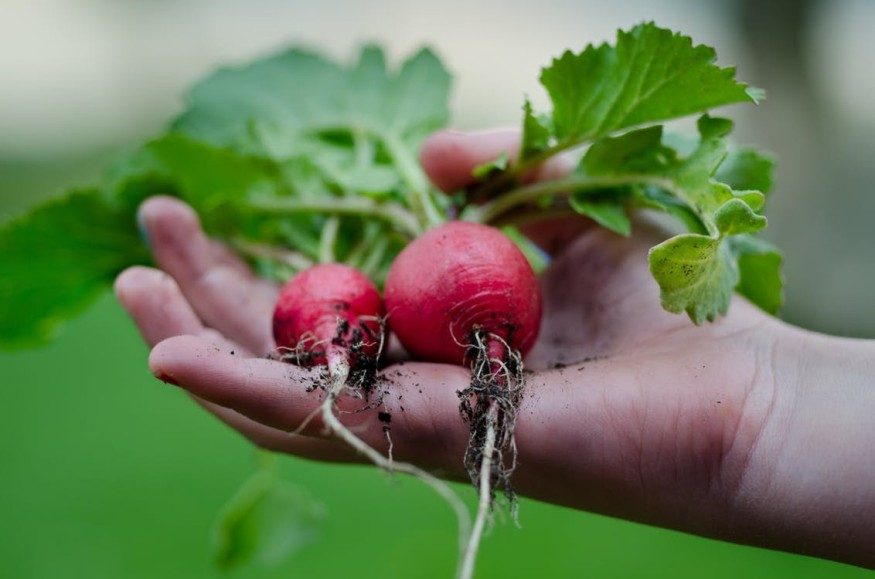
It's the turn of the decade, and the biggest challenge we face today is climate change. If we don't radically change our living habits, we may find ourselves vulnerable to food shortages and natural disasters.
International leaders have yet to reach an agreement and take collective action. Luckily, pockets of hope exist within small local communities around the world.
More people are seeking out practical and actionable solutions through permaculture, bioconstruction, and agroforestry. These three schools of thought are changing the lives of many around the world.
In this article, we'll cover a basic overview of each of these concepts and talk about their design framework. Integrating these design frameworks can be useful for any sustainable living system.
What Is Permaculture?
Permaculture is centered on the principle of whole systems thinking. The goal is to stimulate and utilize the patterns present in natural ecosystems, optimizing resilient features to grow plants. It is a form of regenerative agriculture.
The concept incorporates many ancient peasant farming techniques but was coined as a design system by Davin Holmgren in 1978. Permaculture stands for "Permanent Culture" and has been integrated into sustainable living systems throughout the world.
Essentially, it is the philosophy of working with nature instead of against it. There are three foundational ethics:
Care of the Earth: protect all life systems and include provisions for them to flourish
Care of people: allow all people to access the resources that are necessary for life and existence
Fair share: Set limits to population and consumption. The whole is greater than the sum of its parts.
The designs emphasize landscape and function. Permaculture specialists determine where elements should go based on what benefits they will bring to the local environment.
There are twelve design principles outlined by Holmgren in his book, Permaculture: Principles and Pathways Beyond Sustainability. These set the conceptual foundation of the practice, which is inspired by systems ecology. There are several related disciplines, including agroforestry and bioconstruction.
Agroforestry: An Overview
Combining agriculture and forestry will help increase biodiversity and reduce erosion. The planting method is regenerative and reaps a hefty crop yield. These forests offer increased productivity as well as a variety of economic benefits to the surrounding community.
One concern about climate change is the idea that we may run out of food. Agroforestry is a solution. This concept can contribute to a sustainable agricultural system that improves food security.
The process restores soil fertility. The idea is straightforward. In nature, most plants thrive in a forest environment. We have become accustomed to monoculture. We expect rows of the same crop in a field and assume that this is the norm.
While monoculture is the preferred method of agriculture in the world, it's not the most efficient. Agroforestry has been found to reduce poverty through an increase in wood production and other useful resources.
Many people consider regenerative agriculture to be a solution in the face of disastrous climate change. Agroforests increase the number of drought-resistant trees. This helps fuel the production of fruits, nuts, and oils.
What is Bioconstruction?
Bioconstruction is not only good for Mother Earth, but it's also fashion. At this point, we're all aware, whether we choose to believe it or not, that the global impact of our current way of life is killing the planet.
This concept is another ancient technique that is becoming more and more popular as we enter the 2020s. With this concept, all building materials used are indigenous to the natural surroundings. Popular components include clay, sand, dung, and water.
A Final World
These practices are valuable for anyone who is seeking a more sustainable lifestyle. Each year thousands of people travel to communities to learn more about the practical applications of these concepts. Not only can they visit a beautiful place, but they can learn how to be self-sufficient.
© 2025 NatureWorldNews.com All rights reserved. Do not reproduce without permission.





